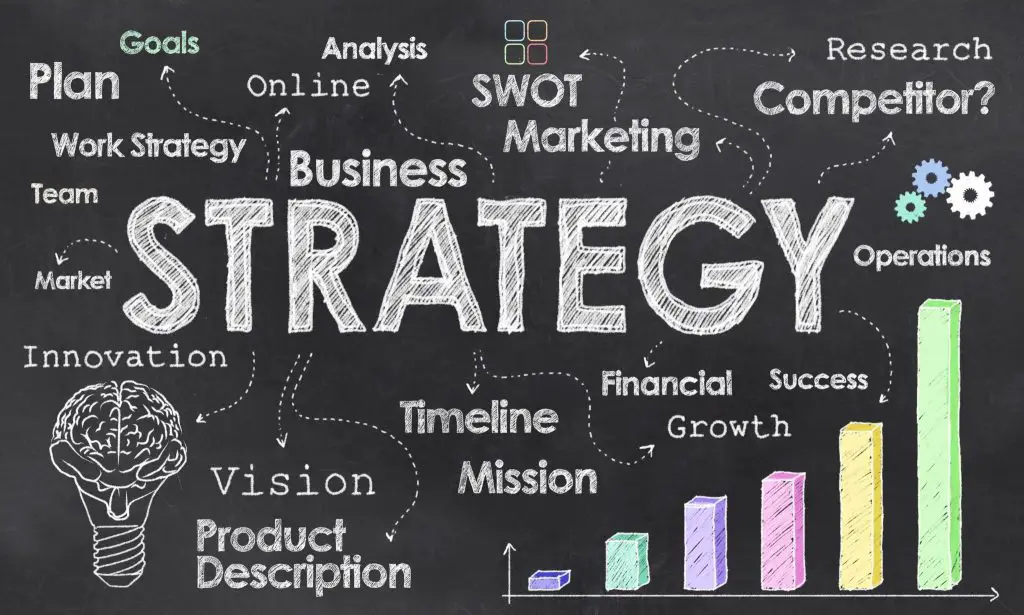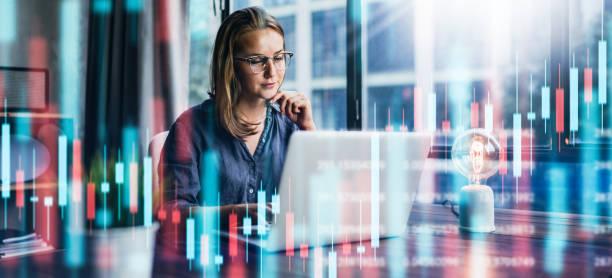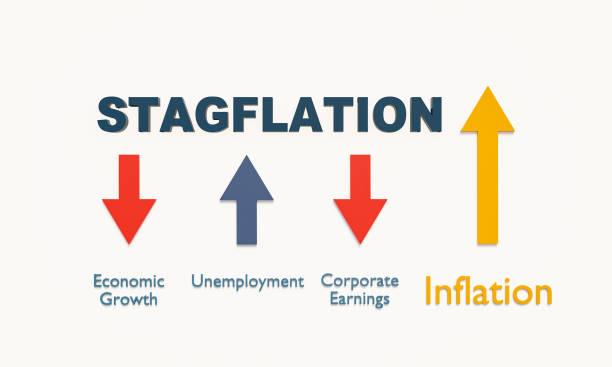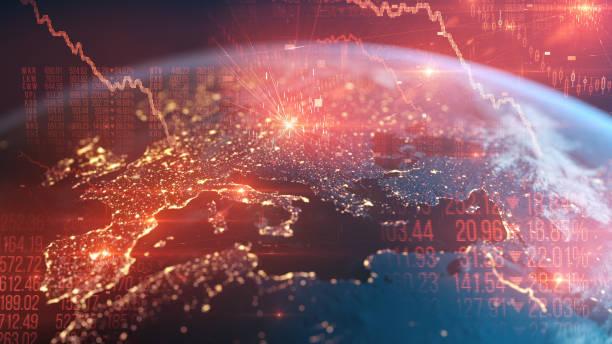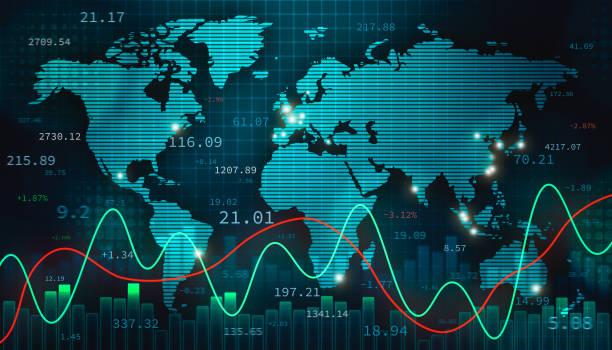- Africa’s new dawn: the rising role of digital and AI in agriculture
- Can Dangote Refinery Transform Africa Energy Ambition
- Gallup Survey: 80 per cent of Kenyan Workers Are Disengaged and Seek New Opportunities
- Madagascar Man Freed from 5KG Tumor After 15-Year Struggle
- How women in Africa are perceived and treated
- Sugar consumption in Kenya to Increase to 1.23 Million Tonnes
- Can Somalia and Turkey Oil deal Bring Change in Somaliland
- Remittances to Kenya dropped to $371.6 million in June, marking a six month low
Browsing: stagflation
If the security falls in price, the investor or trader will purchase the security from the market at the prevailing low price and deposit the security back with the broker. The profit for the investor or trader is the difference between the price at which they would have sold at the initial phase of the trade and the price at which they buy back the security when they close out the trade. A strong warning is in order here: this kind of trading (margin trading and short selling) is strictly for the sophisticated investor or trader.
It should never be attempted by a novice or a person with a low tolerance for risk. These trades involve the use of leverage and the use of margin which means that should the trade go sideways the investor or trader stands to lose much more than they would have invested.
In the example …
The United States dollar has reportedly appreciated to levels last seen 20 years ago and shows no signs of slowing down. According to Capital.com, “The ICE US Dollar Index (DXY) – a measure of the currency’s strength against a basket of rival currencies including the euro (EUR), Japanese yen (JPY) and British pound (GBP) – stood at 109.5 on 19 September 2022. The index was up over 14% from the start of the year, but down marginally from the 110.51 mark reached on 7 September – its highest level since 2002.”
The Federal Reserve, the US central bank, is giving further steam to the greenback through its aggressive interest rate stance. The Federal Reserve has raised interest rates a total of four times during 2022 for a total of 2.25 percentage points.
The result is that investors are piling into the US dollar, salivating into the fray as they chase …
Other reasons that can best explain the origins of stagflation include falling productivity when an economy experience falling productivity. This could be because workers becoming less efficient. The consequence of this will be falling productivity and rising costs. Structural unemployment is another cause in cases where there is a decline in traditional industries.
This creates a tendency for unemployment to rise while productivity falls. Zimbabwe, during its lost decade from 2000 to 2010, experienced this kind of stagflation.
More generally and more contextually, stagflation comes from supply shocks. These result from supply chain disruptions. Where demand for goods and services increases or is unchanged, the result is rising prices and lower productivity.
Stagflation is not desirable in an economy because citizens of a country are generally happy when prices are low and the economy is booming.…
Due to globalization, countries worldwide are increasingly interdependent. This is why a conflict between two countries in Europe will cause ripple effects that the rest of the world feels. On this basis, the World Bank projects that economic growth in 2022 will slump. Not slow down but slump. The choice of words is intentional.
Malpass now believes that the world is in for several years of above-average inflation and below-average growth. This projection will most likely lead to destabilizing consequences for low- and middle-income economies. These low- and middle-income countries are largely on the African continent. Stagflation which the world last saw in the 1970s, will have a devastating effect on countries in Africa. Most countries in the continent do not have the resources like Germany to muster multibillion Euro or multi-billion United States dollar packages to subsidize the economic plight of their citizens.
World Bank forecasts a sharp downgrade …
If it so happens that the said stimulus package is financed by increasing the money supply. It may have unintended and unpleasant consequences.
Economists have a phrase that means the same as “in a perfect world”. Economists will often say “ceteris paribus”. In a perfect world, government expenditure would have been all that is necessary to fix the lingering economic problems confronting the world post-COVID. However, reality would beg us to consider that government expenditures of money that they did not have to jump-start economies that were in a prolonged period of stasis would invariably lead to inflationary pressures. The United States has been grappling with the problem of inflation throughout 2021.
Its inflation figures are the highest they have been in decades. The fascinating thing about this current brand of inflation is that it is multi-faceted. Granted, it began when governments decided to spend their way out of an …





